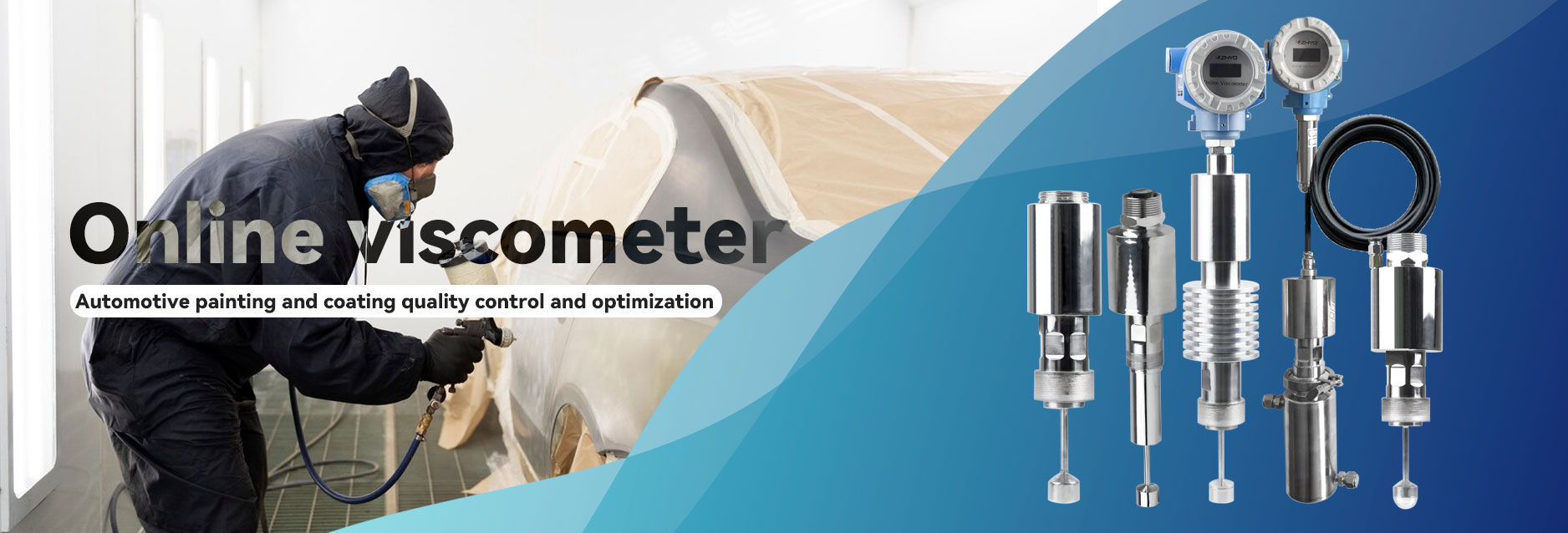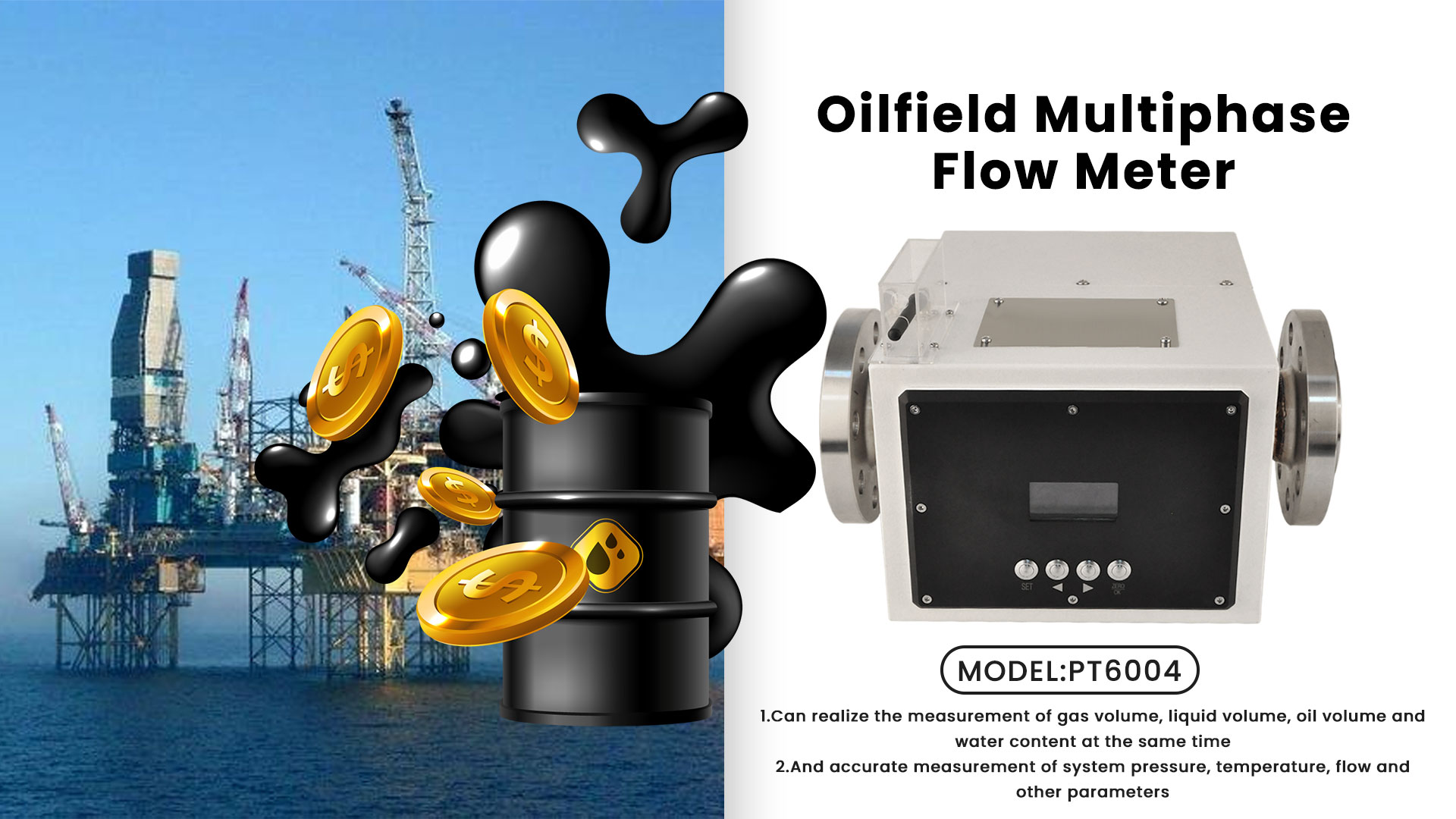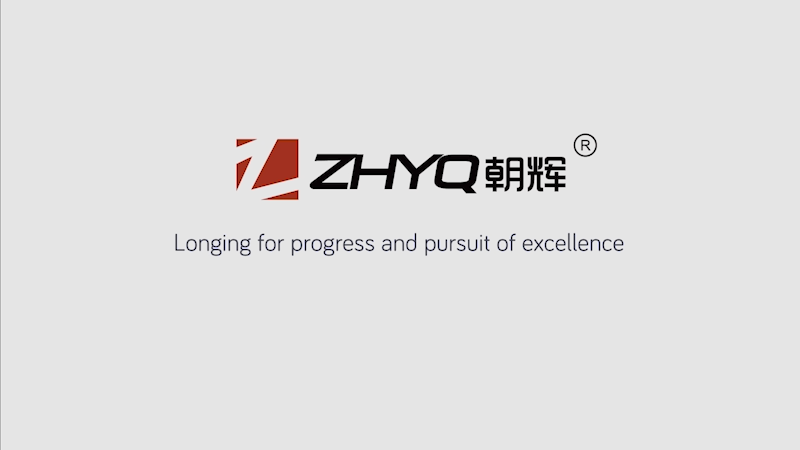Introduction:
Through all the advancement in automotive design and manufacturing over the years, there has been one constant – vehicle’s aesthetics is a critical factor in a consumer’s purchasing decision. Vehicles’ finish consistency, quality and variety play the foremost role during a purchase. One of the biggest changes in automobile paint, aside from the sheer variety of colours available to modern consumers, is that the coating on the surface is more than just aesthetic! In an auto industry that is more competitive than ever, a process control technology which ensures and enhances quality directly affects profitability and market share.
Application:
Automotive coatings and the processes used to coat automobile surfaces use advanced technologies capable of producing durable surfaces, high quality appearance, while maximising efficiency and meeting environmental regulations. Paint and coating quantity and quality has an obvious impact on manufacturing costs, sales and maintenance.
Correct paint viscosity is the key to good paint quality. Performance parameters such as coating film build, colour match, voids and chemical resistance are all linked directly to the viscosity of the liquid coating at the point of application. Viscosity controls the thickness and adherence of the coating. It assures the quality and lifetime of the coat. In addition, process parameters such as pressure, flow rate and coating speed are all dependent upon coating material viscosity. Virtually, all coaters understand the importance of superior in-line viscosity management in the automotive coating process.
In modern automotive coating processes, paint is applied by spraying. After the spray nozzle atomises the paint, only a portion of the paint droplets coat a vehicle surface. Spray application requires a viscosity as low as is feasible to optimise atomisation. However, if viscosity is too low, film sagging will result on vertical surfaces leading to unevenness in coating.
Paint is a fluid and like all fluids its viscosity is different at different temperatures. In spray painting operations, temperature-related variations in paint viscosity can result in significant quality problems and difficulty in maintaining consistent finish quality on the painted parts.
Broad and significant issues with viscosity management in automotive painting include:
- Paint Transfer Efficiency
- Coating Deposition
- Finished surface qualities
- Environmental and workplace safety
To ensure consistent high-quality coating, the change in paint viscosity through-out the process stream is monitored in real time, making measurements from a baseline rather than simply measuring absolute values, and making viscosity adjustments by adjusting solvents and temperature to keep it within specified limits.
Leave Your Inquiry
Your email address will not be published. Required fields are marked *





